
The secret of crunchy and cool cabbage kimchi
Today, I would like to introduce crunchy and cool cabbage kimchi that I learned from my mother.
6 serving
Within 90 minutes
윤
- Ingredients
-
-
Cabbage3pack
-
a sun-dried salt3cup
-
onion1ea
-
Garlic20ea
-
apple1ea
-
Red pepper powder2cup
-
salted shrimp1cup
-
plum extract1cup
-
salted anchovies2/3cup
-
plum extract1cup
-
Broth1.5cup
-
Radish1ea
-
Scallions2handful
-
- Cooking Steps
-
STEP 1/7Clean up the messy leaves, divide them into 2-4 pieces, soak them in salt water, remove them, sprinkle sea salt evenly from the stem, and pickle them. A couple of times in the middle. After changing the back, rinse the pickled cabbage and drain it completely. (If you find it difficult to pickle cabbage, you can use pickled cabbage.)
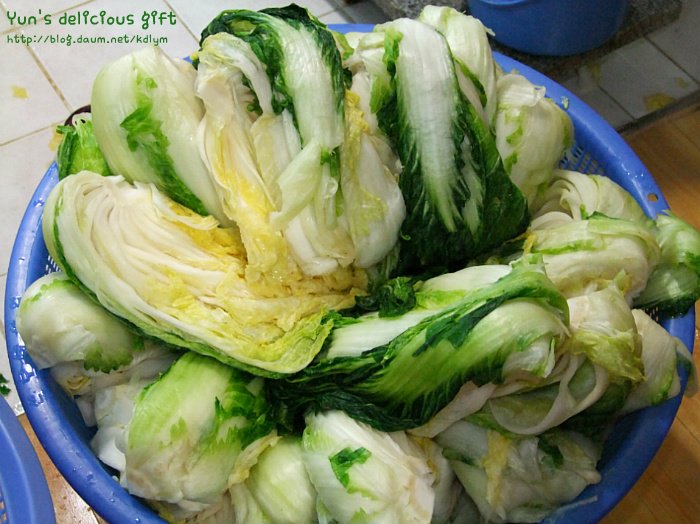 STEP 2/7When you make cabbage kimchi, it's cool when you put in radish. But if there's too much radish in it, it's easy for kimchi to be soft.
STEP 2/7When you make cabbage kimchi, it's cool when you put in radish. But if there's too much radish in it, it's easy for kimchi to be soft.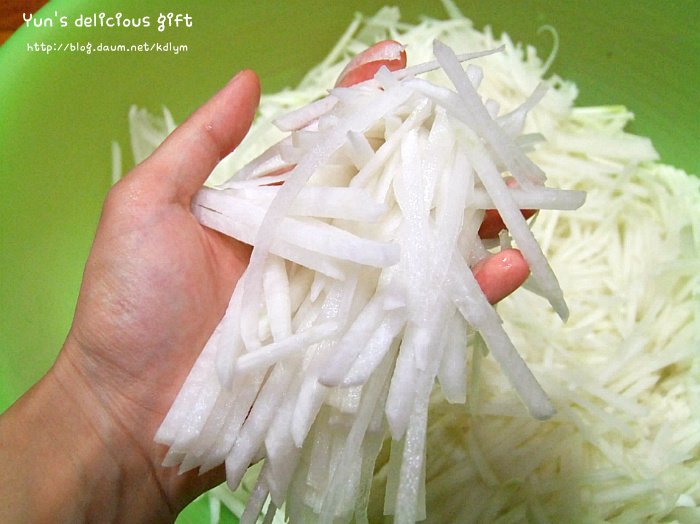 STEP 3/7Garlic when mixing ingredients in kimchi. An apple. Onion's back.. If you grind it and put it in, it tastes sweet, so you don't need sugar or seasonings.
STEP 3/7Garlic when mixing ingredients in kimchi. An apple. Onion's back.. If you grind it and put it in, it tastes sweet, so you don't need sugar or seasonings.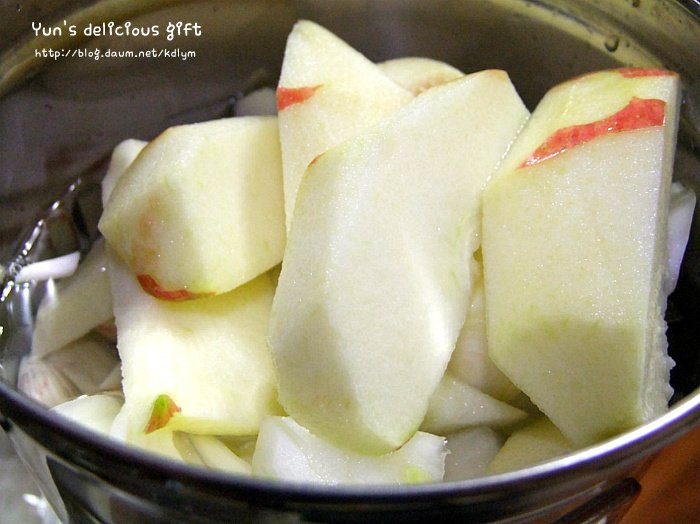 STEP 4/7Rather than insisting on one salted fish, it is said that 2-3 salted fish are needed to make it delicious when putting in kimchi. For me, salted shrimp. Anchovy sauce. I'm using sea salt.
STEP 4/7Rather than insisting on one salted fish, it is said that 2-3 salted fish are needed to make it delicious when putting in kimchi. For me, salted shrimp. Anchovy sauce. I'm using sea salt.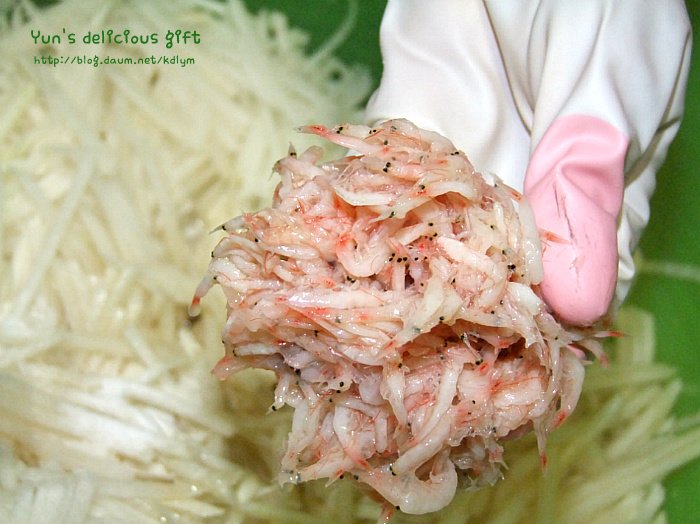 STEP 5/7Every restaurant has a kimchi sauce, dried pollack broth, glutinous rice paste, pollack, squid. Hairtail and so on.. There are a lot of secrets.. Since last year, our house has been adding thick beef bone soup when mixing kimchi seasoning. If you mix the seasoning with beef bone soup, the seasoning becomes moist and the kimchi tastes deeper.
STEP 5/7Every restaurant has a kimchi sauce, dried pollack broth, glutinous rice paste, pollack, squid. Hairtail and so on.. There are a lot of secrets.. Since last year, our house has been adding thick beef bone soup when mixing kimchi seasoning. If you mix the seasoning with beef bone soup, the seasoning becomes moist and the kimchi tastes deeper.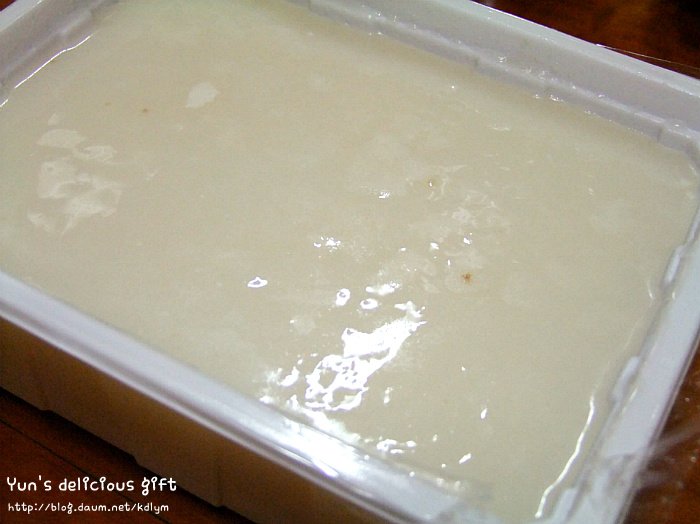 STEP 6/7First, put anchovy sauce and red pepper powder in the shredded radish and mix them with the rest of the ingredients..
STEP 6/7First, put anchovy sauce and red pepper powder in the shredded radish and mix them with the rest of the ingredients..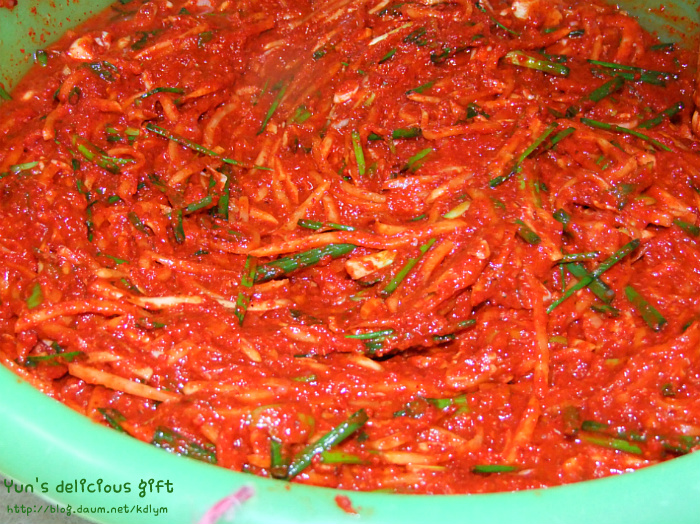 STEP 7/7When you mix the inside of the kimchi and taste it.. Since it is used as a kimchi, the seasoning has to be a little salty to be perfect when it is cooked later.. Apply a leaf of seasoning to the pickled cabbage and wrap it with the leaves of the strawberry at the end. Wait! If you put too much seasoning, the kimchi can get wet easily!! Put it in a kimchi container, let it ripen slightly at room temperature, and leave it in the kimchi refrigerator...
STEP 7/7When you mix the inside of the kimchi and taste it.. Since it is used as a kimchi, the seasoning has to be a little salty to be perfect when it is cooked later.. Apply a leaf of seasoning to the pickled cabbage and wrap it with the leaves of the strawberry at the end. Wait! If you put too much seasoning, the kimchi can get wet easily!! Put it in a kimchi container, let it ripen slightly at room temperature, and leave it in the kimchi refrigerator...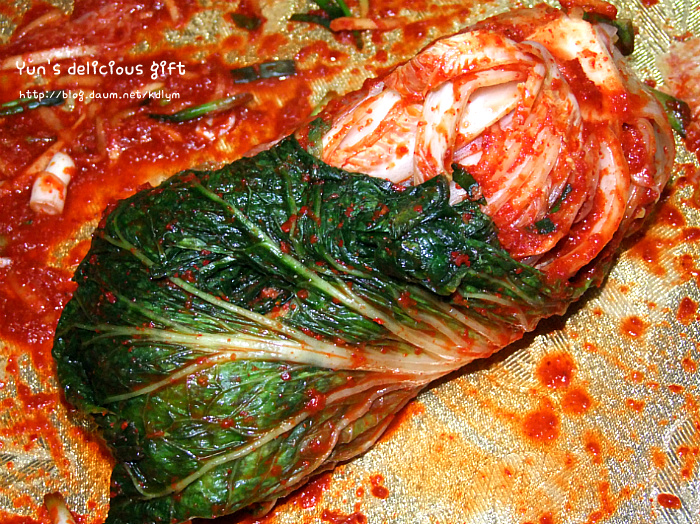
- chicken Recommended recipe
-
-
1
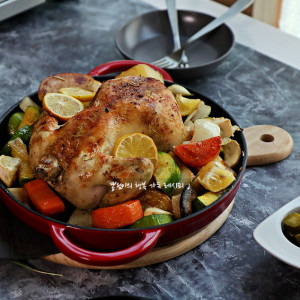 How to make roast chicken with crispy outside and moist inside.4.86(7)
How to make roast chicken with crispy outside and moist inside.4.86(7) -
2
 Pickled chicken. Charcoal chicken5.00(9)
Pickled chicken. Charcoal chicken5.00(9) -
3
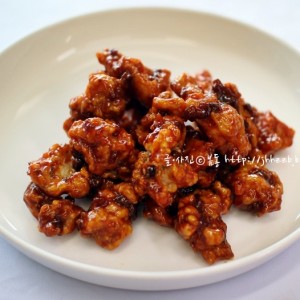 Seasoned chicken. Making seasoned chicken sauce4.67(6)
Seasoned chicken. Making seasoned chicken sauce4.67(6) -
4
 [Chicken teriyaki] A dish that you can enjoy at home on weekends4.87(166)
[Chicken teriyaki] A dish that you can enjoy at home on weekends4.87(166)
-
- stir-fried Rice Cake Recommended recipe
-
-
1
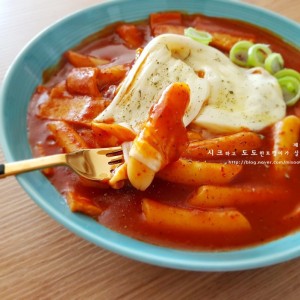 Shinjeon Tteokbokki Recipe4.84(55)
Shinjeon Tteokbokki Recipe4.84(55) -
2
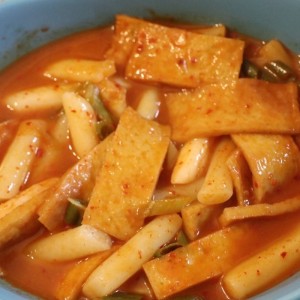 The soup tteokbokki, golden recipe. Gungmul is more delicious4.93(359)
The soup tteokbokki, golden recipe. Gungmul is more delicious4.93(359) -
3
 This is the Rose of Korea! Soft and spicy red pepper paste cream4.90(31)
This is the Rose of Korea! Soft and spicy red pepper paste cream4.90(31) -
4
 Oh, soy sauce tteokbokki4.94(160)
Oh, soy sauce tteokbokki4.94(160)
-